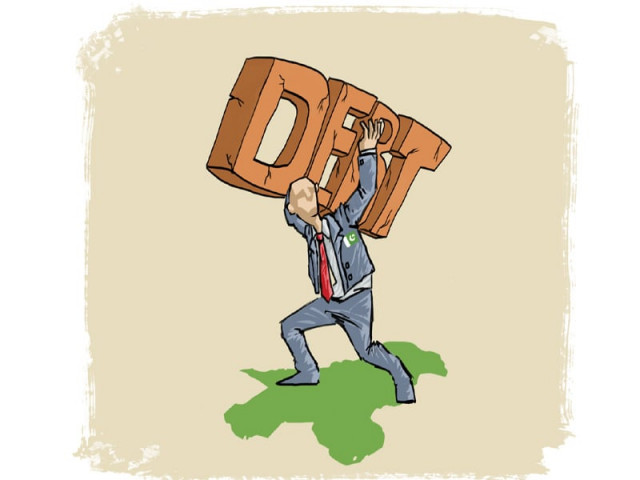Pakistan’s debt, liabilities jump to Rs44.98tr
Increase comes on back of rising expenditures amid Covid-19

Pakistan’s total debt and liabilities surged almost 10% to a staggering Rs44.98 trillion in the year ended December 31, 2020 due to increase in expenditures during the Covid-19 pandemic.
The total debt and liabilities stood at Rs40.95 trillion a year ago on December 31, 2019, Pakistan’s central bank reported on Thursday.
Accordingly, the debt and liabilities as a percentage of GDP (gross domestic product) increased to 98.7% on December 31, 2020 compared to 98.1% on December 31, 2019.
This (98.7%) is, however, notably low compared to the 20-year high of 106.8% recorded about six-months ago on June 31, 2020.
The continuous recovery in economic activities in the ongoing fiscal year 2021 compared to a contraction of 0.4% in the previous fiscal year ended June 30, 2020 has primarily helped in reducing the debt and liabilities in terms of percentage of GDP.
On the contrary, interestingly, the total external debt and liabilities as percentage of GDP dropped to 40.5% in the year under review compared to 41.1% in the preceding year.
In absolute terms, however, the external debt and liabilities grew to Rs18.47 trillion on December 31, 2020 compared to Rs17.15 trillion on December 31, 2019 - showing an increase of Rs1.33 trillion or 7.75% in one year.
The 10% growth in total debt and liabilities may be attributed to award of a relief package worth Rs1.2 trillion ($8 billion) to daily wage earners, laid off workers and small and medium-sized businesses by the government in April 2020 to help them cope with the Covid-19 outbreak.
Besides, the International Monetary Fund (IMF) lent an emergency loan of $1.4 billion to support Pakistan in the fight against the pandemic. Besides, the World Bank and Asian Development Bank (ADB) also extended soft financing in the name of various socio-economic projects to help the government overcome budget deficit.
BMA Capital Executive Director Saad Hashemy, however, gave more importance to the latest debt number on a quarter-on-quarter basis. “The improvement in fiscal account and increase in collection of revenue in taxes have helped the government to contain growth in gross public debt as percentage of GDP (gross domestic product) at 82.2% on December 31, 2020,” he said.
He said a nominal growth of 1.1 percentage points in gross public debt to 82.2% of GDP on December 31, 2020 compared to 81.1% on September 30, 2020 at a time when the need for financing was high to support economic activities in shape of different relief and support packages to businesses and households.
He recalled partial payment to resolve circular debt and reduction in external liabilities has also helped the government to contain the debt on a quarter-on-quarter basis on December 31, 2020 compared to September 30, 2020.
The gross public debt stood at Rs37.45 trillion on December 31, 2020 compared to Rs36.94 trillion in the preceding quarter ended September 30, 2020. On a year-on-year basis, however, the gross public debt increased by Rs3.74 trillion, or by over 11%, to Rs37.45 trillion in December compared to Rs33.71 trillion in the same month of the last year.
“Net foreign borrowing stands at zero or in negative,” State Bank of Pakistan (SBP) Governor Reza Baqir said last month, elaborating that the country’s foreign currency reserves have not increased due to foreign borrowing, which is being utilised to pay off previous debt only.
The government had committed to bring the public debt ratio down by 0.5% every year from FY19. In the first two quarters of the preceding year, the downward trend in public debt-to-GDP ratio was steeper than projected, as the ratio had fallen to 80.8% by end-December 2019. However, due to Covid-related fiscal strain emerging from March 2020 onwards, this ratio rose again to reach 87.2% at end-June 2020, SBP said last month.
Published in The Express Tribune, February 19th, 2021.
Like Business on Facebook, follow @TribuneBiz on Twitter to stay informed and join in the conversation.



















COMMENTS
Comments are moderated and generally will be posted if they are on-topic and not abusive.
For more information, please see our Comments FAQ